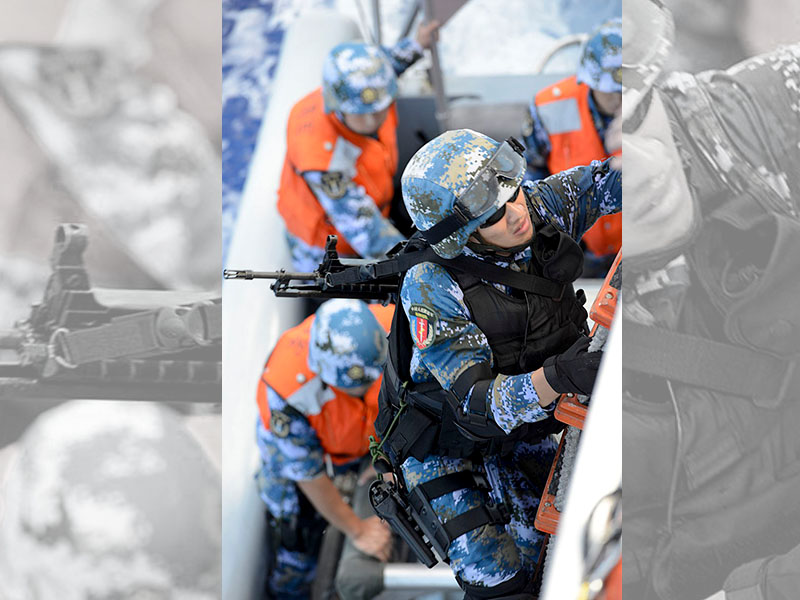 Eastern Ladakh
Eastern Ladakh The Chinese People’s Liberation Army (PLA) has set up four tents within a designated buffer zone in Chushul region of Ladakh, media reports said.
The tents were reportedly erected on July 11.
The incident came to light when local councillor Konchok Stanzin expressed his astonishment and raised objections to the PLA’s actions. This incident coincides with the visit of His Holiness the Dalai Lama to the state of Ladakh, further raising suspicions about China’s intentions, reports Phayul.
Prompted by objections from the Indian Army, local villagers reported that three of the tents have been removed, while the dismantling process is underway for the fourth tent.
According to media reports, the incident took place in the Table Top area of Gurung Hills in eastern Ladakh. The buffer zones, including Galwan, the north and south banks of Pangong Tso, PP-17 A, and the recently added PP-15(Gogra-Hotsprings area), were established through several rounds of talks between the Indian and Chinese armies.
These buffer zones were created following the violent clashes between Indian soldiers and the Chinese PLA on June 15, 2020, in Galwan Valley, which resulted in the loss of 20 Indian soldiers’ lives and unspecified number of casualty on the Chinese side, reports Phayul.
Before April 2020, the Indo-Tibetan Border Police (ITBP) and the Indian Army regularly patrolled the buffer zones. However, the situation changed when China started amassing troops near the Line of Actual Control in eastern Ladakh, leading to the establishment of buffer zones as a measure to reduce tensions.
Support Our Journalism
We cannot do without you.. your contribution supports unbiased journalism
IBNS is not driven by any ism- not wokeism, not racism, not skewed secularism, not hyper right-wing or left liberal ideals, nor by any hardline religious beliefs or hyper nationalism. We want to serve you good old objective news, as they are. We do not judge or preach. We let people decide for themselves. We only try to present factual and well-sourced news.






